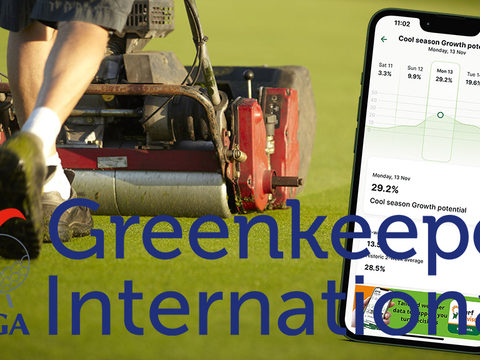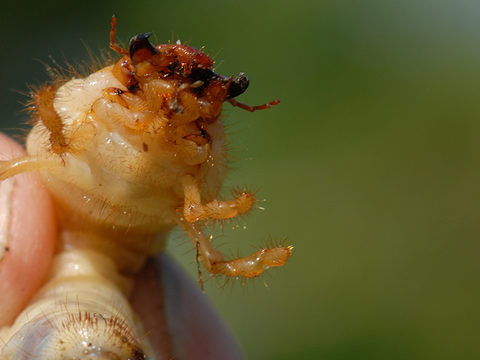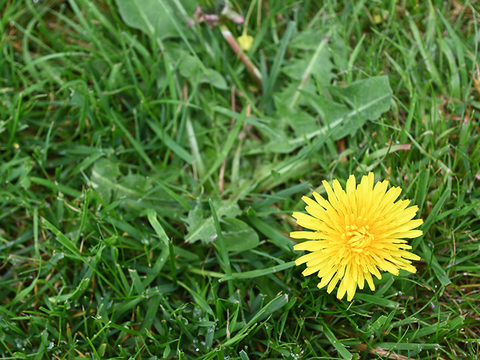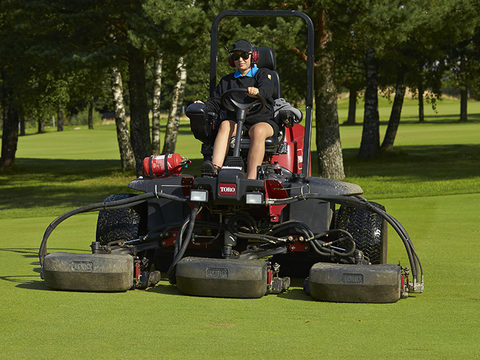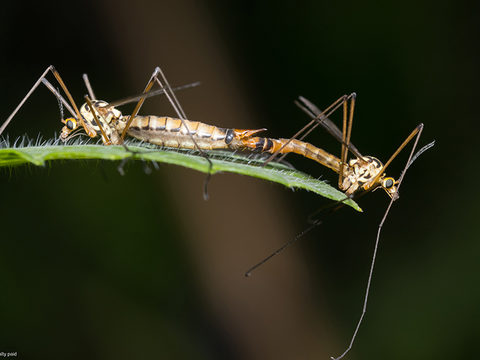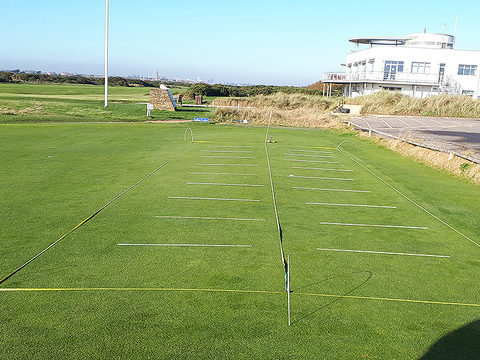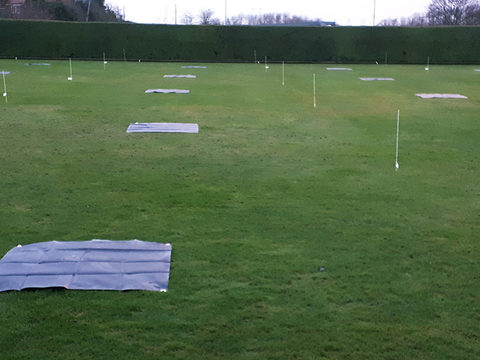MARCH WEATHER CHALLENGE FOR PLAYABILITY
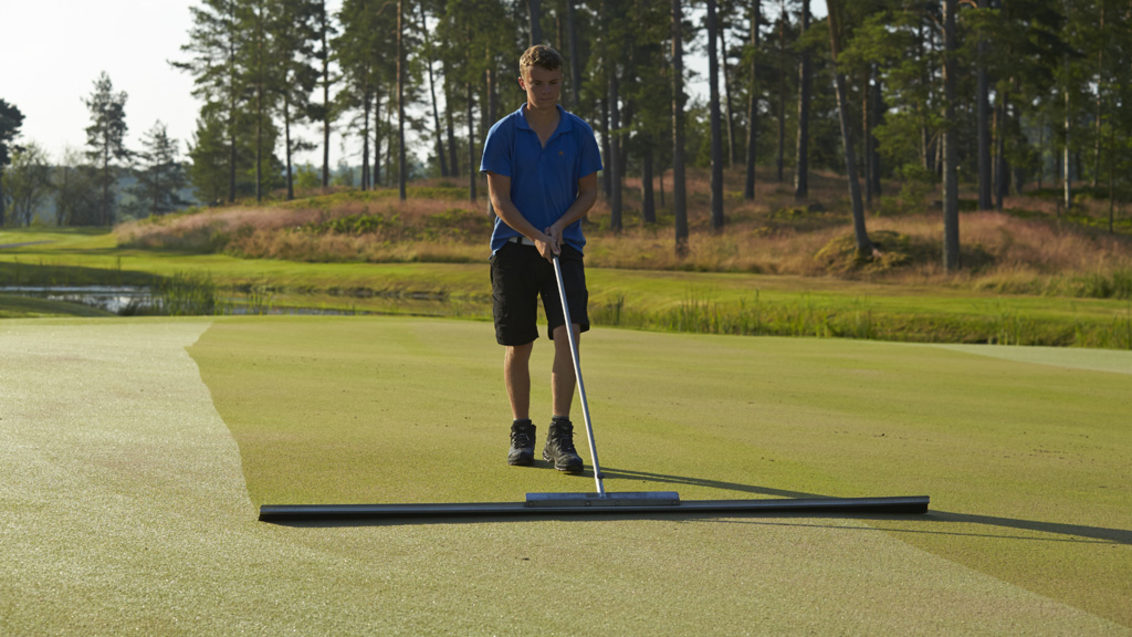

Making plans for March turf managment is always difficult, given the huge variability in what the weather holds, and its implications for turf. Although turf often never completely stops growing, cold nights can put on the brakes - and created some stressful conditions to manage, at an increasingly busy time for players' demands.
In 2013, for example, March remained bitterly cold with an average temperature of 2.2°C and around 18 nights of frost across the UK (Table 1). Compare that to last year, with an average temperature of 5.5°C, and the average daily high of over 10°C in England. Although, for many, it was a false dawn and spring actually arrived late in 2015. Then after another relatively benign mild winter for 2015/16, February 2016's grey, wet weather conditions and cold nights across most of the UK dispelled any hope of an early start to spring.
Meteorological records do reveal an overall trend for warmer temperatures in March that, for many, will kick-start some spring turf growth. Over the past decade the UK average for March has been more than 6°C, compared to around 3°C in the 1960's and 70's
However, whilst daytime conditions may look good for turf repair and recovery, remember that the UK still has an average eight nights with an air frost in March, which can frequently be as much as 15 nights in the east of Scotland. The extreme diurnal range of warm days and cold nights create added stress that limits the chance for turf plants to outgrow any damage caused by pests and diseases.
Table 1. UK March weather records for the past three years reveal the vast extremes in temperature, sun and rain. The long-term average would be 5.7°C; 100 hours of sun; 92mm of rain and nine days with frost. | |||||||||||
Av Temp (°C) | Sun (hours) | Rain (mm) | Days with air frost | ||||||||
2013 | 2014 | 2015 | 2013 | 2014 | 2015 | 2013 | 2014 | 2015 | 2013 | 2014 | 2015 |
2.2 | 6.7 | 5.5 | 83 | 127 | 123 | 62 | 80 | 96 | 18 | 5 | 7 |
Using the GreenCast website to identify the level of disease risk before it hits enables proactive preventative treatments, to optimise product choice and performance.
During the difficult spring timing, when there may be cool periods of no growth and warmer flushes, the contact and systemic multi-active components of Instrata covers both conditions for golf course managers. As conditions warm up, the systemic Banner Maxx provides the same protection.
Early kick-off with wetting agents
Starting wetting agent programmes earlier this spring could aid faster recovery of turf quality, and ensure plants remain healthier through the summer to enhance playability through the year.
Even after record wet winter conditions, the prolonged dry spring weather experienced in recent years can seriously affect root growth and plant recovery. Advanced wetting agent technology, combining genuine penetrating and polymer components in Qualibra, provides the opportunity to create firmer, faster playing surfaces earlier in the spring, along with preparing improved growing conditions for turf through the season.

